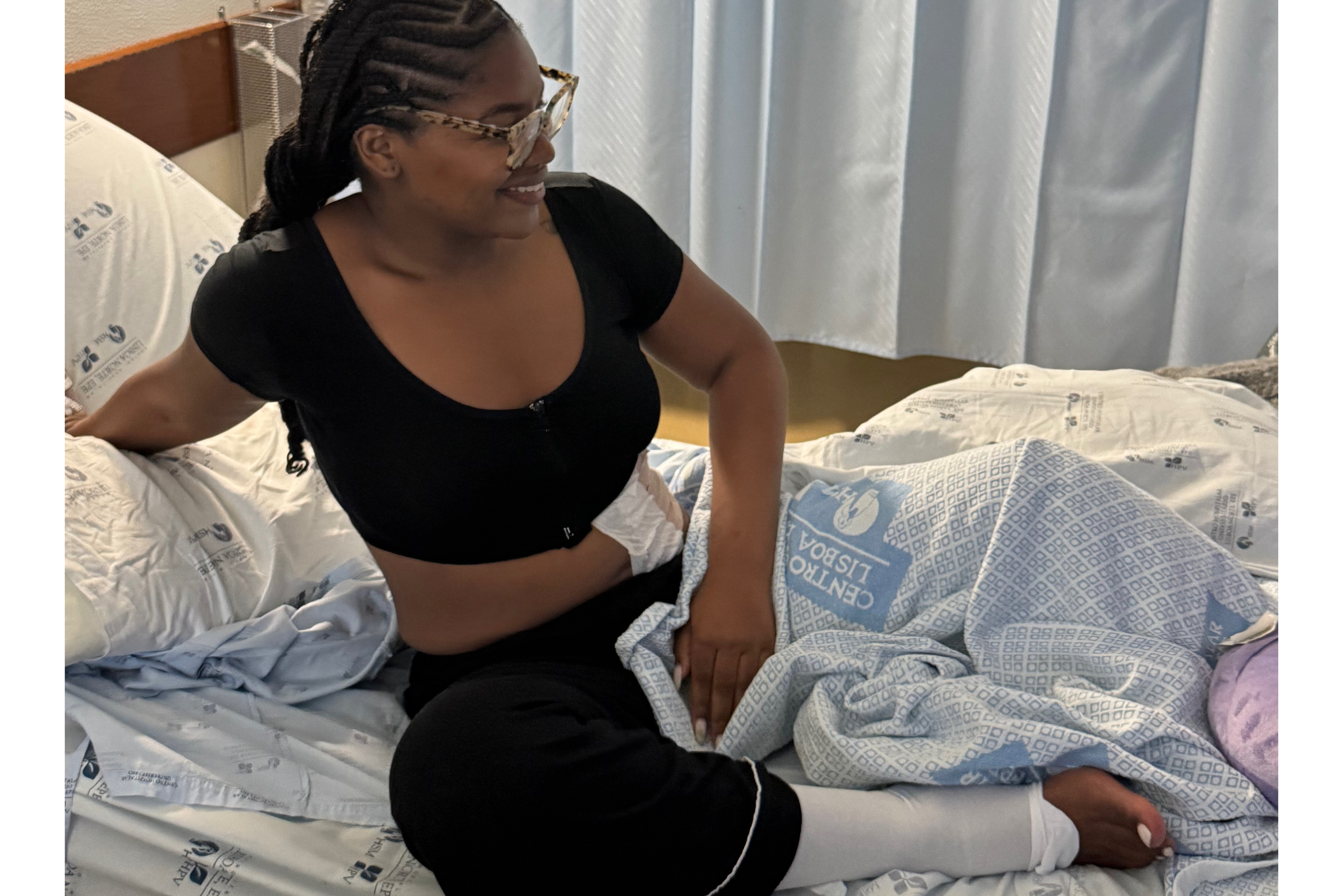Hidradenitis suppurativa (HS), also known as acne inversa, is a long-term skin condition that frequently returns and affects areas of the body where sweat glands are concentrated. These sweat glands, called apocrine glands, are typically found in places with body hair, such as the armpits, groin, under the breasts, scalp, and around the navel.
In these areas, the glands are larger and produce a thick, milky fluid. HS occurs when the hair follicles around these glands become inflamed, leading to painful lumps, abscesses, and scarring in these regions. Over time, HS can result in scarring and tunnels called sinus tracts can develop under the skin. The condition is not contagious and not caused by poor hygiene. It usually starts between puberty and age 40, with most people experiencing symptoms between the ages of 21 and 29.
The prevalence of HS varies significantly by region. For example, in Germany, around 0.3% of the population is affected, while in Denmark, the figure is as high as 4.1%. Globally, it’s estimated that less than 1% of people live with HS. However, most research on this condition comes from Europe, the US, and Australia. More studies are needed in regions like Africa and Asia to get a more accurate global estimate.
Understanding Hidradenitis Suppurativa
To better manage Hidradenitis Suppurativa (HS), it’s essential to understand the
factors that contribute to its development. While the exact cause of HS isn’t fully
known, several factors are believed to play a role. By exploring these underlying
causes, we can gain a clearer picture of how HS affects the body and what might
trigger flare-ups.
Genetic Predisposition: About one-third of people with HS have a family history of the condition. Genetic mutations affecting the immune system can increase the likelihood of developing HS.
Immune System Dysfunction: HS involves chronic inflammation of hair follicles and sweat glands due to problems with the immune system.
Hormonal Factors: Hormonal changes, especially during puberty and menstrual cycles, can trigger or worsen HS.
Lifestyle Factors: Obesity, smoking, and a sedentary lifestyle are associated with HS and can potentially exacerbate symptoms.
Symptoms and Diagnosis of Hidradenitis Suppurativa
Diagnosis HS is mainly based on clinical examination, and it is given when the
following three things are present:
- Typical lesions, such as cysts or boils under the skin
- Lesions in specific areas like the armpit, groin and under the breast
- Persistence and recurrence of inflammation
Recognising the Symptoms
HS symptoms can vary widely and typically progress through three stages, each more severe than the last. The condition starts with small, isolated lumps, which may seem minor at first. As it progresses, the symptoms become more serious, leading to larger, more painful areas of skin damage that can spread and become deeply rooted.
- Early Stage (Hurley Stage I):
o Small, painful lumps resembling pimples or boils.
o Affected areas: armpits, groin, buttocks, and under the breasts.
o Intermittent flares. - Moderate Stage (Hurley Stage II):
o Persistent lumps and abscesses.
o Formation of sinus tracts and significant scarring.
o Increased pain and recurrent infections. - Severe Stage (Hurley Stage III):
o Extensive scarring and interconnected sinus tracts.
o Chronic inflammation causing significant pain and mobility issues.
o Possible systemic symptoms like fatigue and fever.
Understanding these stages is important for treatment. Early stages might only need
simple treatments, while more severe cases could require stronger, more involved
therapies.
Treatment options
While there is no cure for Hidradenitis Suppurativa (HS), various treatments can help
relieve symptoms and reduce the frequency of flare-ups. Here are some common
options:
- Warm Compresses: For mild cases, applying a warm compress to the affected area for about 10 minutes can provide soothing relief.
- Over-the-Counter Pain Relievers: Nonsteroidal anti-inflammatory drugs (NSAIDs) such as ibuprofen can help manage pain and reduce inflammation.
- Antibiotics: Oral or topical antibiotics can treat infections that often accompany HS.
- Corticosteroids: Injected corticosteroids can effectively reduce inflammation, pain, and swelling in more severe cases.
- Oral Retinoids: Medications like acitretin or isotretinoin are sometimes
prescribed for severe HS to help reduce symptoms. - Topical Resorcinol: This cream, applied directly to inflamed areas, can help the skin peel and heal.
Living with HS:
Managing HS involves more than just medical treatments; lifestyle adjustments are
key. Keeping the affected areas clean, aiming for a healthy weight, quitting smoking,
and wearing loose, comfortable clothing can all help reduce symptoms. Warm compresses and, in some cases, bleach baths may also be beneficial. Additionally, psychological support—whether through therapy or patient support groups—can be crucial for coping with the emotional aspects of living with HS.
Understanding Hidradenitis Suppurativa is essential for effective management. By
learning about the causes, recognising the symptoms, and getting an accurate
diagnosis, you can take proactive steps to manage this chronic condition. We encourage you to share your experiences and tips in the comments section below.
